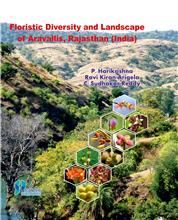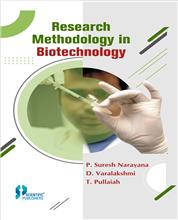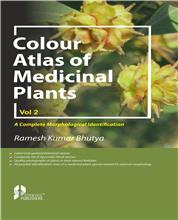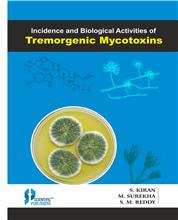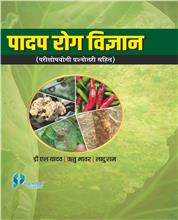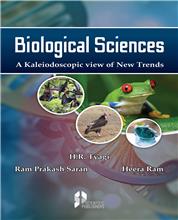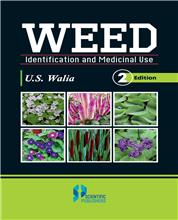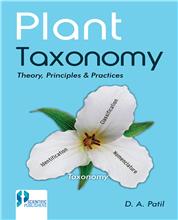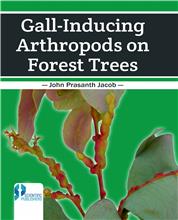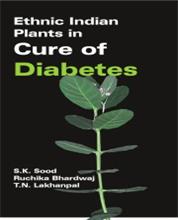The present monograph on Indian subtribe Cassiinae deals with 62 taxa belonging to genera Cassia L. (8 species), Chamaecrista Moench (11 species) and Senna Mill. (43 species). Besides adopting correct valid names for the Indian plants and providing almost full synonymy, the description provided is based on personal observations of the author. Phenological data along with ecological notes and gardening methods have been provided to almost all taxa. Information regarding distribution of the taxa in the world and in India in particular have also been provided for each taxon. Important findings of other workers on the chemistry, embryology, palynology, cytology, organogenesis, floral biology, anatomy, morphology etc have been used to supplement the description based on morphological characters and as an additional tool to solve taxonomic problems in this group. The keys based on persistent suits of characters have been provided from tribe level in the family Caesalpiniaceae to infra specific taxa so as to provide a classification to delimit Indian taxa at different taxonomic levels/categories. Moreover, three new taxa (two species and one variety) and three new series have been added to the science, besides about twelve new combinations under different genera and series. Detailed figures for about fifty species have been appended and distributional information in India for all taxa has been marked on twenty two sketch maps. Vernacular names in different Indian languages and dialects and English names have been provided almost to all species along with economic used and chemistry of organs used to make the monograph usable at global level. It is hoped that the work will prove a milestone in the advancement of legume systematics, conservation of biodiversity and sustainable utilization of plant resources, particularly for Asia.


